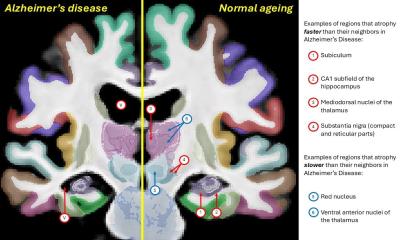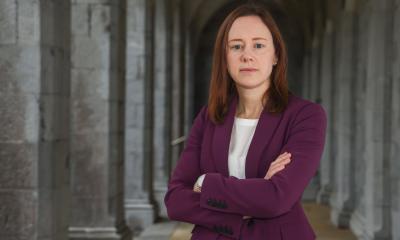Neurodegenerative diseases
The case of the sticky protein
Proteins are like a body’s in-house Lego set. These large, complex molecules are made up of building blocks called amino acids. Most of the time, proteins fold correctly, but sometimes they can misfold. This misfolding causes the proteins to get sticky, and that can promote clumping, or aggregation, which is the hallmark of several neurodegenerative diseases such as ALS, Alzheimer’s and Parkinson’s.

The protein’s stickiness is a result of surface hydrophobic interactions that are important for many biological functions. The problem is that researchers don’t have good tools to measure this stickiness with high sensitivity.
Now, an interdisciplinary team at Michigan Technological University has assembled new tools to solve the case of the sticky protein. Their work on improving hydrophobicity detection using BODIPY-based probes will be published in Scientific Reports.
Using fluorescent probes, the team measured hydrophobicity in three proteins: Bovine Serum Albumin (BSA), apomyoglobin and myoglobin. Compared to a commonly used commercial sensor (ANS), these new BODIPY-based hydrophobic sensors showed much stronger signal strengths, with up to a 60-fold increase in BSA.
“This is like going from having one 40-watt light bulb and then having 60 of them in the same room, just imagine the difference in illumination,” says Ashutosh Tiwari, an associate professor of chemistry at Michigan Tech and the corresponding author for the study.
Source: Michigan Technological University
07.01.2016








